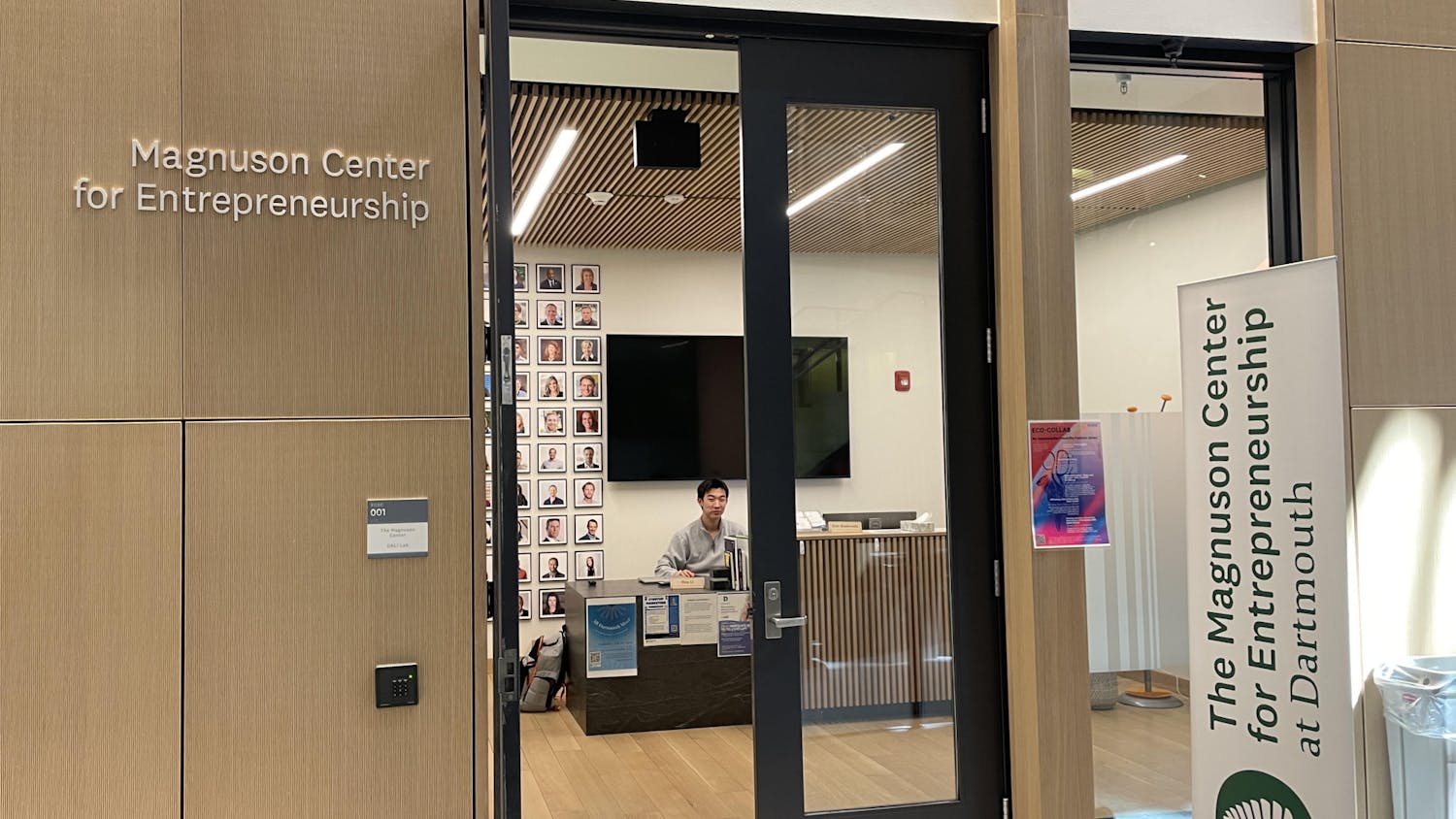Researchers from Dartmouth’s Ke Research Group, which is led by chemistry professor Chenfeng Ke, have developed a “smart ink” that reacts to particular signals, such as heat or other chemicals, for 3D-printing applications.
Their findings were published in the “Angewandte Chemie International Edition” journal in collaboration with scientists from Northwestern University and the University of Texas at Dallas.
The study’s topic reflects the Ke group’s focus on developing smart materials for 3D and 4D-printing applications and elastic crystalline porous organic materials for environmental and energy-related purposes.
The research team’s method allows 3D-printed objects to change size or color in response to external stimuli, according to research associate and lead author Longyu Li. Li added that the method allows a $1,000 3D printer to print objects that would otherwise require the use of more expensive 3D printers which would cost upwards of $100,000.
“When we talk about 3D printing, we can control the x, y and z axes,” Li said. “Now we can control the size, color and also the response of the object after printing. It’s a living system.”
Second-year chemistry doctoral student Qianming Lin, another one of the study’s co-authors, said that the method not only lowers the cost of 3D printing, but also greatly expands the range of molecules that can be used.
The research group’s method advances the capabilities of 3D printing while improving the performance of 3D-printed materials, Li added. The development of responsive materials in the field of chemistry follows a recent scientific trend that concentrates on creating objects that respond to external information, according to Li.
“Right now, people want things that respond to the information you give them,” Li said. “For example, people like artificial intelligence because it’s responsive, so the same thing happens in chemistry.”
Lin expressed a similar sentiment, emphasizing that responsive chemicals have applications in other disciplines, such as engineering.
Ke said that the team collaborated with scientists from other institutions to measure the results of their printing method. For instance, when the researchers shrank the 3D-printed objects, they created a porous material with molecular holes that required special instruments to measure, he said.
“We use our connections to facilitate our research projects,” Ke said. “Our collaborators at the University of Texas at Dallas helped us measures the size of the pores, since they have the tools to measure our 3D-printed material.”
The team plans to collaborate with researchers from other fields to apply its method to new areas of inquiry, according to Li.
The method has the potential to create materials for smart devices, such as a soft-robotics system that responds to external factors and changes its shape, Ke said.
“The brain processes a lot of information that elicits a response in the human body,” Ke said. “We want to mimic those processes at a very low level … with the creation of smart materials that mechanically respond to external stimuli.”
The method could also impact the pharmaceutical industry by paving the way for the creation of 3D-printed medications that deliver medicine to a specific area in the body, according to Li. He added that the group is currently working alongside engineering professor Fiona Li on an energy storage research project that will use the new method to 3D-print a battery.
“Now that we can use multiple materials for 3D-printing, we can combine different molecules to make smarter objects,” Lin said.
However, Ke said that it will take several years to develop technologies that take advantage of the new research. He noted that the creation of smart devices is a complicated process that requires a clear understanding of how existing mechanisms function so that smart materials can mimic these processes. For example, using this method to 3D-print organs would be difficult, given the complexity of the underlying biological processes, which biologists still do not fully understand, Ke said.
“If we 3D-print organs in my lifetime, I hope that I can see it,” Ke said. “That’s the type of timeline [we are talking about].”



